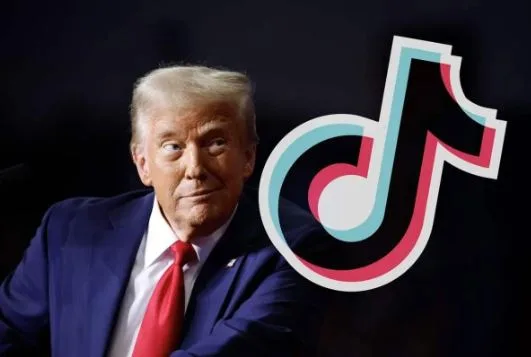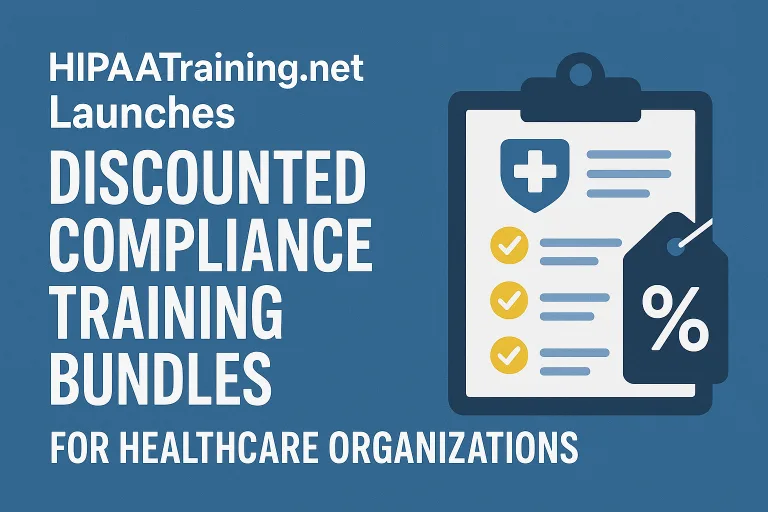Are Productivity Apps Making Us Less Productive?
In the modern workplace, productivity apps have become as common as morning coffee. From project management platforms and task trackers to digital calendars that remind us when to stand up or breathe, these tools promise to make work faster, smoother and more efficient. Yet, despite the endless stream of innovations designed to save us time, many people feel more stretched, distracted and overwhelmed than ever. It raises an uncomfortable question: have productivity apps actually made us less productive?
The Promise of Perfect Efficiency
The rise of digital productivity tools began with good intentions. Remote and hybrid work created a need for organisation across multiple devices and time zones, and apps like Trello, Asana, Notion and Todoist offered a lifeline. They allowed teams to track deadlines, share updates and visualise progress in real time. On paper, these tools should have transformed how we manage our time.
However, instead of freeing workers from chaos, productivity apps have multiplied the number of tasks we juggle. Employees are now switching between chat apps, video calls, project boards and calendars at a dizzying rate. The result is what is being dubbed as “productivity paralysis” – spending more time managing work than actually doing it.
The Illusion of Control
Part of the problem lies in the illusion of control these tools create. Checking off a task or dragging a project card to the “completed” column gives a small hit of satisfaction. It feels like progress, even if the underlying goal has barely moved forward.
The design of many productivity apps encourages this behaviour. With colourful dashboards, notifications and progress bars, they reward activity rather than accomplishment. Workers can spend an hour colour-coding lists or reorganising boards without actually completing a single meaningful task. What should have been a time-saving system becomes another form of digital procrastination.
The Constant Ping of Distraction
Then there is the issue of distraction. Productivity tools are meant to streamline communication, yet many have created the opposite effect. Instant notifications, auto-reminders and team updates arrive around the clock, splintering attention and eroding focus. A single ping can derail concentration for several minutes, and when multiplied by hundreds of alerts a day, the time lost is enormous.
In traditional offices, a closed door or a focused working session offered some protection from interruptions. In the digital world, focus is constantly under siege. Even tools built for “deep work” can become sources of noise if every small change triggers an alert. Ironically, the more we rely on software to manage our attention, the more fragmented that attention becomes.
When Productivity Becomes Performance
There is also a cultural dimension to the problem. The modern workplace often measures output in visibility rather than value. Being seen to be busy – updating a task board, sending Slack messages or joining a quick check-in – can feel like proof of contribution. Productivity apps make that performance measurable, with metrics and reports that can be shared with managers or teams. But the constant need to log progress can erode creativity and focus. The emphasis on visibility, combined with the data-driven dashboards that many tools generate, has turned productivity into a performance rather than a process.
The Myth of Multitasking
One of the biggest misconceptions that productivity apps perpetuate is the myth that we can do everything at once. Multi-tab workflows, cross-linked projects and endless integrations suggest we can juggle multiple priorities seamlessly. In reality, human attention is not built for that kind of switching. Research consistently shows that multitasking reduces efficiency, accuracy and memory retention.
When everything is tracked and categorised, the mind rarely gets the space to think freely. The creative leaps that drive innovation often happen in moments of quiet reflection, not in a flurry of colour-coded tasks. True productivity often comes from doing less, not more.
Finding a Healthier Balance
This is not to say productivity apps have no place. For many teams, they remain essential for coordination and accountability, particularly across remote environments. The wider online environment is filled with an assortment of everyday digital tools and utilities – everything from note-taking apps and random number generators to items like a blackjack calculator – reflecting the broad mix of software people come across while browsing. Ultimately, the key lies in using them with purpose rather than dependence.
Experts recommend setting boundaries on how and when these tools are used. Limiting notifications, turning off non-essential integrations and designating specific times for updates can dramatically improve focus. Some organisations are also adopting “tool-free” hours, where employees work without digital interruptions to regain concentration.
Equally important is recognising that not every process needs to be optimised. A handwritten list, a short daily meeting or a simple shared document can sometimes achieve more than an elaborate digital system. Technology should serve the workflow, not define it.
Redefining Productivity
Perhaps the biggest shift needed is in how we define productivity itself. The traditional view equates productivity with doing more in less time. Yet, as the modern work landscape shows, that definition no longer holds. True productivity is about outcomes – creating value, solving problems, and leaving space for ideas to develop.
If technology distracts us from those goals, it becomes counterproductive. The most efficient systems in the world mean little if workers feel drained or perpetually behind. Real progress requires balance: using tools intelligently while maintaining control over how and why they are used.
The Future of Work
As artificial intelligence further integrates with productivity platforms, the question will only grow more complex. Automation may handle the repetitive tasks that weigh workers down, but it will also demand even greater attention to digital boundaries. The goal for the next generation of workplace technology should not be more features or faster communication. It should be simplicity, clarity and time to think.
In the end, productivity apps are not the enemy. They are tools, and like any tool, their impact depends on how they are used.




